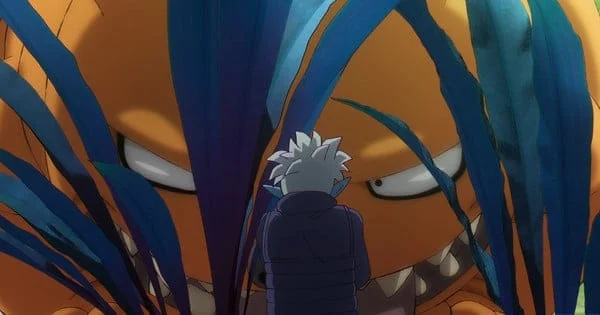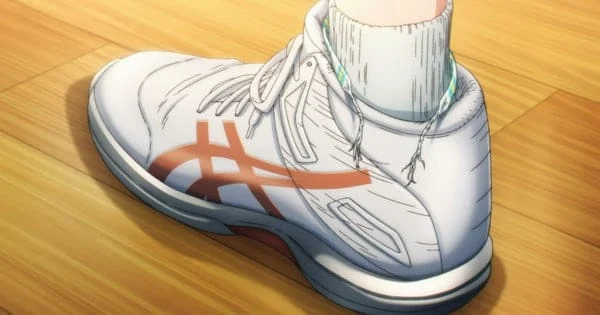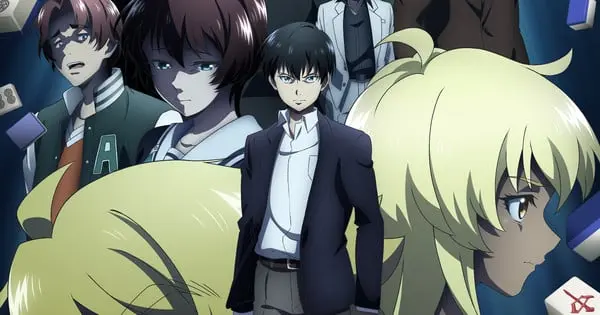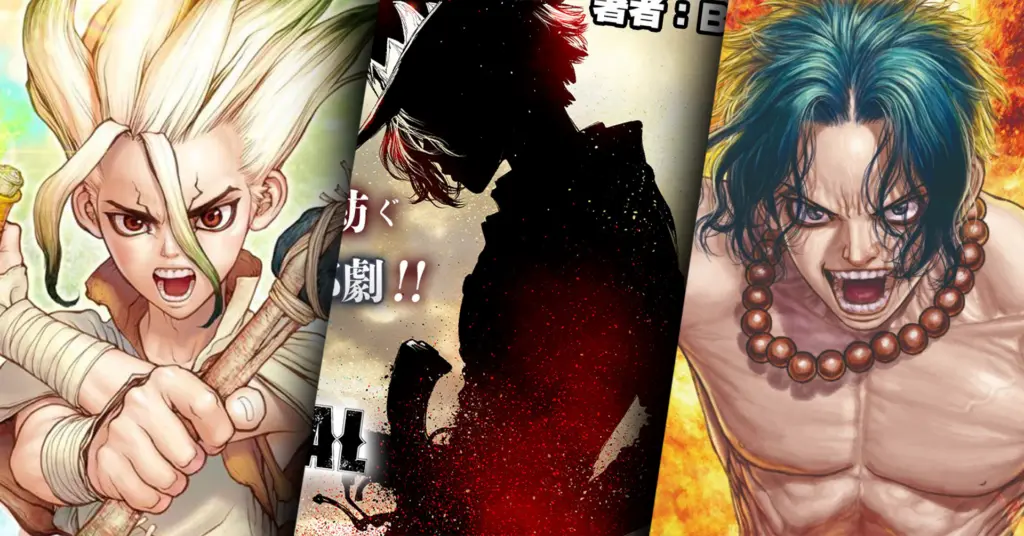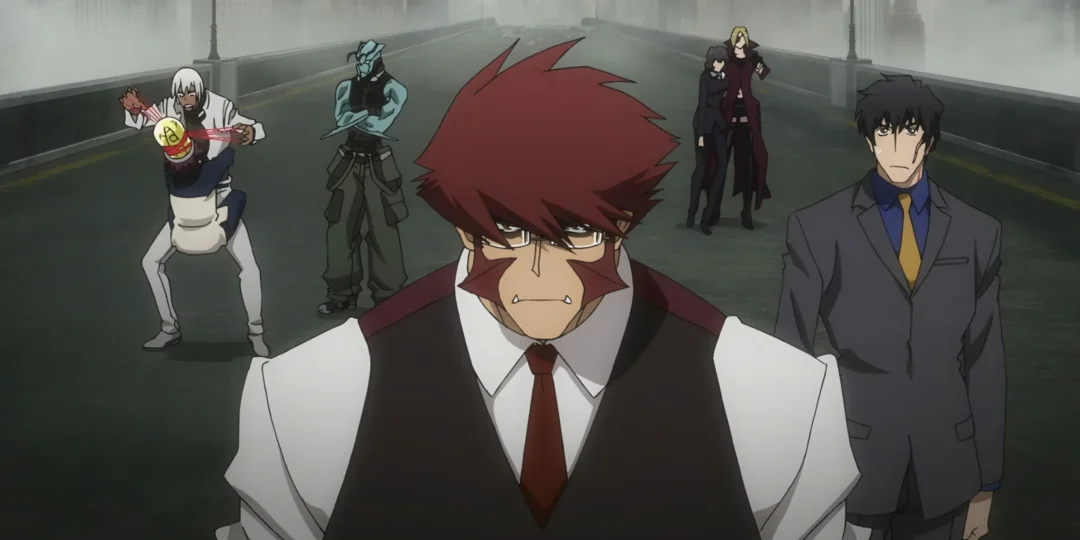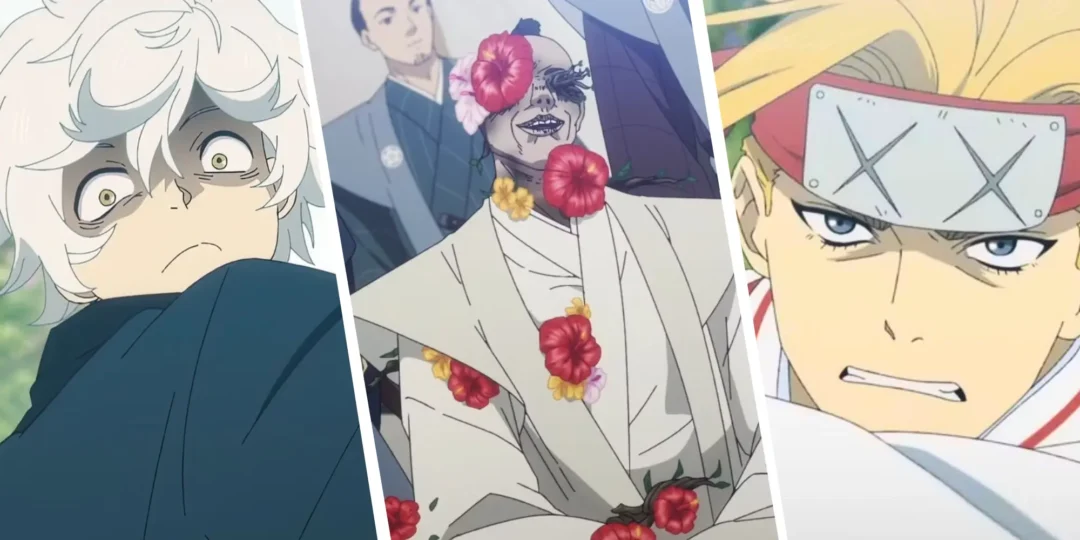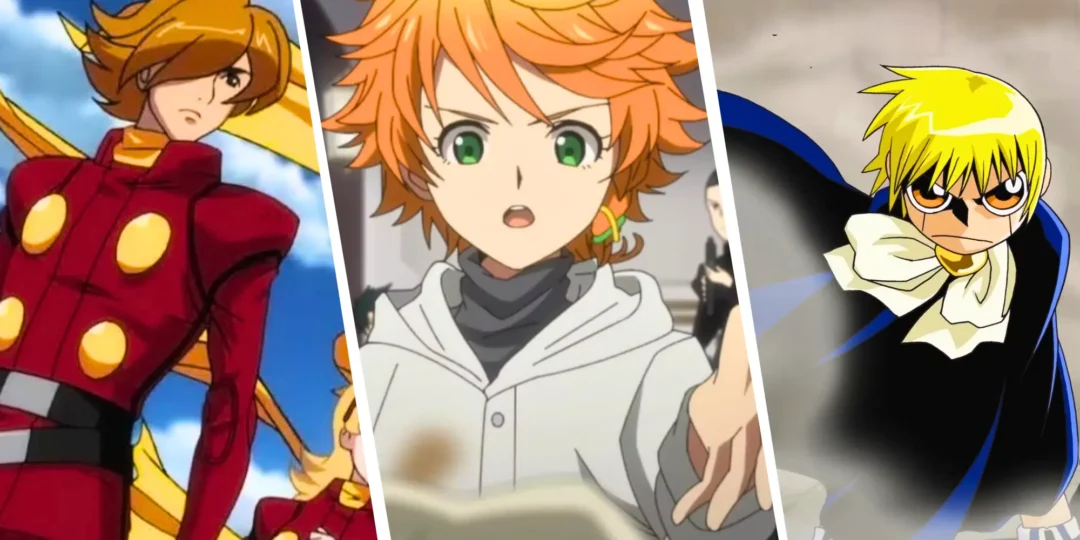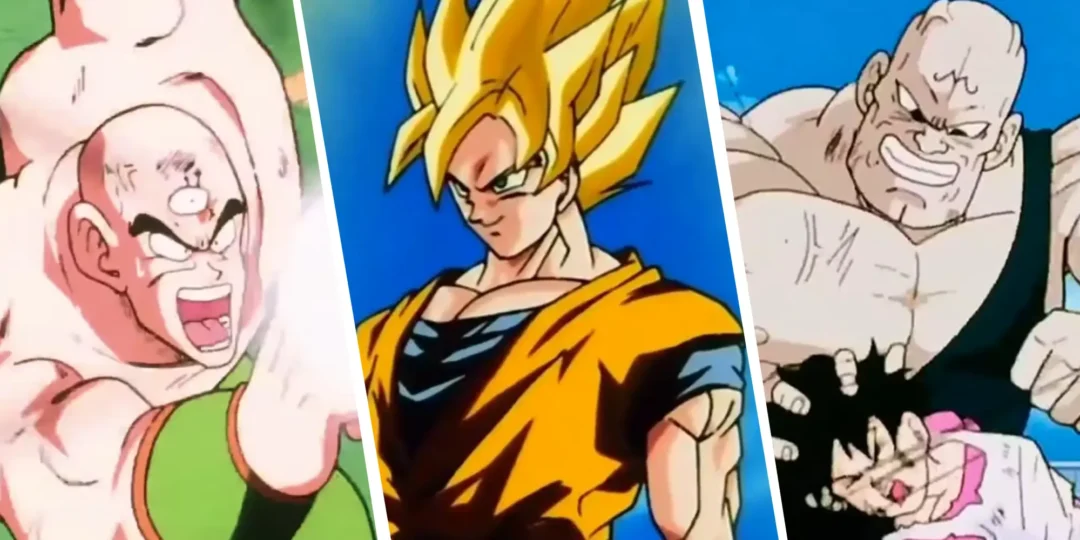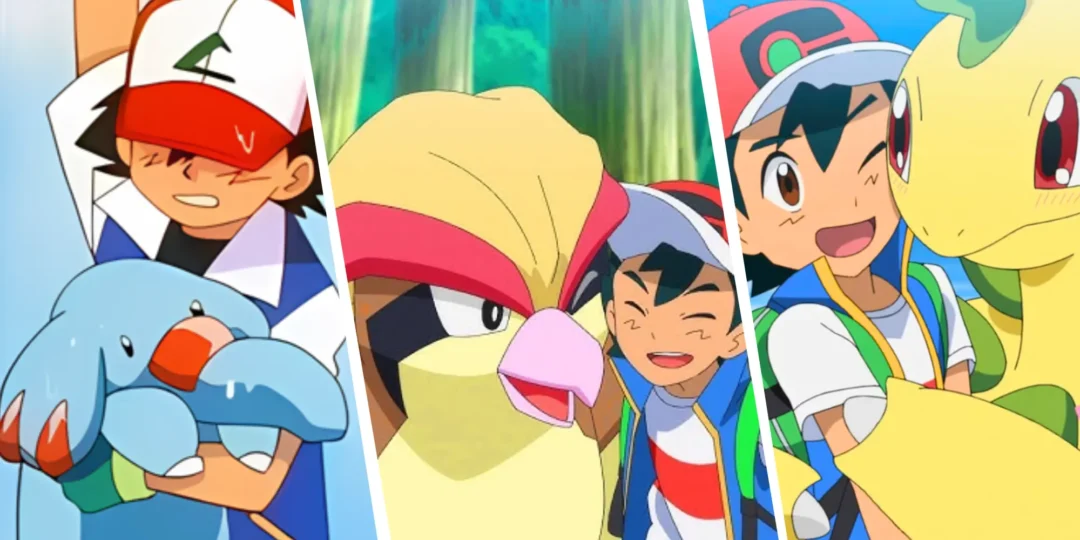The anime landscape is constantly evolving, with new series vying for the attention of fans. Among the standout releases of recent years is Hell’s Paradise: Jigokuraku, a dark fantasy action series that has drawn comparisons to the iconic Bleach. While Bleach holds a special place in the hearts of many anime enthusiasts, Hell’s Paradise has carved its own path with compelling storytelling, intricate characters, and a unique blend of horror and action. This article will explore ten episodes of Hell’s Paradise that showcase its strengths and demonstrate how it surpasses Bleach in certain aspects.
A Shinobi’s Journey Begins: The Intriguing Premise of Hell’s Paradise
Hell’s Paradise is set in Edo-era Japan and centers on Gabimaru the Hollow, a ruthless shinobi from the Iwagakure Village. Betrothed to the clan leader’s daughter, Yui, her kindness transforms him. However, accused of betrayal, he’s sentenced to death. The series kicks off with attempts to execute him, all of which fail, showcasing his unnatural resilience. An executioner, Sagiri, arrives with an offer: a pardon from the Shogun in exchange for retrieving the Elixir of Life from a mysterious island, Shinsenkyo, from which no one has returned. This sets the stage for a perilous journey where death row criminals, each paired with an executioner, navigate the island’s deceptive beauty and lurking horrors.
A Different Take on Death and the Afterlife
While both Hell’s Paradise and Bleach delve into themes of death and rebirth, they approach it differently. Bleach establishes a complex cosmology with a tangible afterlife, while Hell’s Paradise presents Shinsenkyo as a place that defies natural laws. The island’s alluring yet terrifying nature blurs the line between heaven and hell, a theme the series explores masterfully. This adds a layer of mystery and intrigue that sets it apart from Bleach’s more established supernatural framework.
Top 10 Episodes That Showcase Hell’s Paradise Excellence
Here are ten episodes of Hell’s Paradise that highlight its superiority in key areas compared to Bleach:
1. Episode 1: “Criminal and Executioner”
This episode immediately captivates with its dark and violent opening. The failed execution attempts on Gabimaru and his subsequent offer for freedom set the stage for the series’ central conflict. It introduces both Gabimaru and Sagiri, establishing a dynamic that is immediately more compelling and nuanced than the initial interactions between Ichigo and Rukia in Bleach. The episode showcases the high stakes and the grim reality of the world they inhabit.
2. Episode 2: “Screening and Choosing”
Episode two delves into the selection process for the expedition to Shinsenkyo. This episode contrasts the diverse backgrounds of the criminals and introduces several key players, setting up future conflicts and alliances. The introduction of other criminals, each with their own unique abilities and motivations, makes for a much more intriguing start than the start of Bleach.
3. Episode 3: “Weakness and Strength”
The arrival on Shinsenkyo is nothing short of breathtaking and terrifying. The island’s deceptive beauty and the immediate encounter with bizarre creatures demonstrate the series’ masterful blend of horror and fantasy. Gabimaru and Sagiri’s initial clash highlights their contrasting perspectives and lays the groundwork for their evolving relationship.
4. Episode 4: “Hell and Paradise”
This episode explores the dichotomy of the island, showcasing the horrific nature of the creatures that inhabit the island, while also displaying its beauty. The episode introduces the concept of “Tao,” the life force of the island and the source of the creatures’ power.
5. Episode 5: “The Samurai and the Woman”
This episode delves into Sagiri’s struggles with her role as an executioner and her hesitancy to kill. The episode’s focus on her character development adds depth to the narrative, something that Bleach often lacks in its earlier stages. This also explores her inner conflict between duty and morals.
6. Episode 6: “Heart and Reason”
Episode six sees Gabimaru grappling with his emotions, or lack thereof, and the growing feelings for his wife. This episode introduces the concept of embracing emotions to find true strength which differs from the typical shonen protagonist of Bleach. The episode also reveals secrets about the island and its creatures, keeping the mystery alive.
7. Episode 8: “Student and Master”
This episode focuses on the relationship between Tenza and his master, Shion. The brutal reality of the island is displayed when Tenza’s master is killed. The episode explores the idea of legacy and the importance of learning from the past. The episode serves as a contrast to the rather simple relationships that were explored in Bleach at the time, and presents a more mature take on mentorship.
8. Episode 11: “Weak and Strong”
This episode showcases Aza Chobe’s fighting prowess and reveals a secret about Mei, hardening Gabimaru’s resolve to fight. This episode presents a shift in the story with new abilities coming to light, setting the scene for new possibilities for future battles.
9. Episode 12: “Umbrella and Ink”
Episode twelve introduces the Tensen Mu Dan, showcasing their god-like powers. This episode is a visual feast and highlights the quality of animation that Hell’s Paradise can produce. This episode is a testament to the high quality fights and power display that the series has to offer.
10. Episode 13: “Dreams and Reality”
The season finale sees Sagiri’s group battling Mu Dan, pushing the characters to their limits. The episode’s action sequences are incredibly animated and perfectly encapsulate the series’ themes and story arcs. This episode brings a close to the first season, leaving viewers with the question of what happens next, and further solidifies the series as one of the best of the year.
Why Hell’s Paradise Shines Brighter
- Pacing and Focus: Hell’s Paradise avoids many of the pacing issues that plague Bleach, focusing on a concise and impactful narrative. The 13-episode first season is tightly paced and delivers a complete story arc.
- Character Development: The characters in Hell’s Paradise are more nuanced and complex, with clear motivations and emotional depth. Gabimaru’s journey from a seemingly emotionless assassin to a man grappling with his feelings is particularly compelling. Sagiri’s struggles with her role also add a layer of depth that sets it apart from the more straightforward characters in Bleach.
- Visuals and Animation: While both series have their strengths, Hell’s Paradise boasts consistently high-quality animation with a detailed and immersive art style. The depiction of Shinsenkyo, with its contrasting beauty and horror, is visually stunning. MAPPA successfully captures the essence of the manga. Though some critics suggest the animation is not up to par with other MAPPA shows, the overall animation is solid, especially during action sequences.
- Themes and Depth: Hell’s Paradise tackles complex themes like the nature of life and death, the search for meaning, and the acceptance of one’s strengths and weaknesses. It presents a more mature and thought-provoking narrative than Bleach.
- Mature Story Telling: The writing and execution early on give the story more weight than one might initially think. Hell’s Paradise is able to maintain a mature tone, even when the violence ramps up.
Conclusion: A New Era of Dark Fantasy
While Bleach remains a beloved classic, Hell’s Paradise has emerged as a strong contender in the dark fantasy genre. The ten episodes highlighted in this article showcase its strengths in storytelling, character development, and visual execution. With its unique blend of action, horror, and philosophical themes, Hell’s Paradise carves its own path, proving that it’s more than just a successor to Bleach—it’s a force to be reckoned with in its own right. The series has already garnered a dedicated fanbase, and its future is bright with the promise of more thrilling adventures to come.

